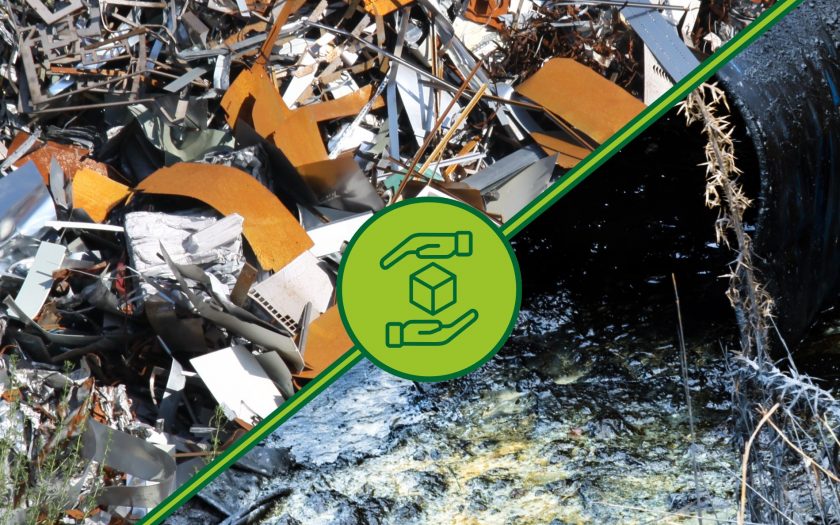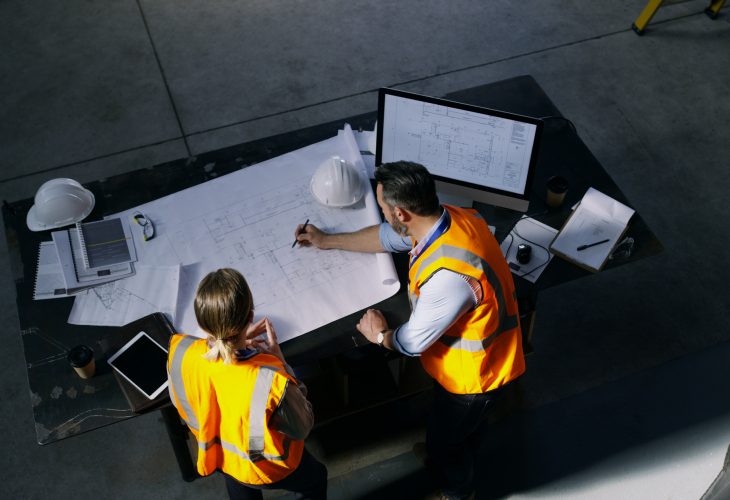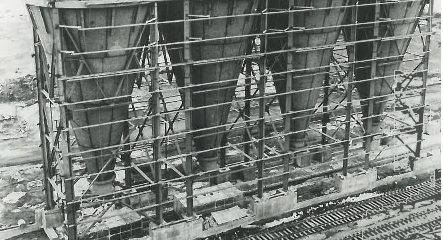
Managing waste and hazardous materials is a complex challenge, but when done effectively, it reduces environmental harm, improves workplace safety, and ensures regulatory compliance. Industries such as manufacturing, construction, healthcare, and chemical processing generate vast amounts of waste, ranging from general refuse to highly toxic byproducts. Without proper handling, these materials can contaminate water sources, pollute the air, and pose serious health risks.
As regulations become stricter and sustainability goals take priority, businesses must implement efficient waste management and hazardous material handling solutions. A structured approach that emphasizes prevention, containment, treatment, and safe disposal helps industries reduce risks, lower costs, and operate responsibly.
Key Solutions for Effective Waste Management
1. Reducing Waste at the Source
Preventing waste before it’s formed is one of the most effective management strategies. Companies can:
- Streamline production processes to minimize excess material.
- Adopt sustainable materials that break down safely or can be repurposed.
- Improve inventory control to prevent overproduction and unnecessary waste.
2. Recycling and Resource Recovery
Recycling keeps valuable materials in circulation while reducing landfill waste. Industries can achieve this by:
- Implementing closed-loop recycling, where materials like metals and plastics are continuously reprocessed into new products.
- Partnering with other industries to reuse byproducts that would otherwise be discarded.
- Converting non-recyclable waste into energy through advanced processing methods.
3. Safe and Efficient Waste Disposal
For materials that cannot be reused or recycled, proper disposal is essential. Effective methods involve:
- Using sanitary landfills with protective liners to prevent contamination.
- Composting organic waste to produce nutrient-rich soil amendments.
- Employing high-temperature incineration to break down hazardous waste while capturing energy.
Each of these strategies helps businesses reduce waste-related risks while maintaining compliance with environmental regulations.
Best Practices for Handling Hazardous Materials
1. Proper Storage and Containment
Hazardous materials must be stored securely to prevent leaks, spills, and dangerous reactions. Best practices include:
- Installing secondary containment systems such as spill trays and double-walled tanks.
- Keeping reactive chemicals separate to avoid unsafe interactions.
- Clearly labeling hazardous substances to ensure safe handling and identification.
2. Secure Transportation and Disposal
Once hazardous waste is ready for disposal, it must be handled safely during transport. This process requires:
- Using approved, leak-proof containers designed for hazardous material shipments.
- Following regulatory guidelines such as the Resource Conservation and Recovery Act (RCRA) and the Department of Transportation (DOT) standards.
- Treating hazardous waste before final disposal through processes like neutralization and encapsulation.
3. Emergency Preparedness and Risk Management
Even with strong safety measures, accidents can still happen. To mitigate risks, companies should:
- Develop spill response plans that ensure quick containment and cleanup.
- Equip workers with protective gear to minimize exposure.
- Provide ongoing training so employees understand safe handling procedures and emergency protocols.
A well-structured hazardous material management plan reduces workplace risks and prevents environmental contamination.
Innovative Technologies Transforming Waste and Hazardous Material Management
New technologies are reshaping how industries manage waste and hazardous materials, making processes safer, more efficient, and environmentally sustainable. Some of the most significant advancements include:
- AI-driven waste sorting – Improves recycling accuracy by automatically separating materials, including hazardous material, to ensure proper disposal and recovery.
- Bioremediation techniques – Uses microorganisms to break down hazardous material contaminants in soil and water, reducing environmental risks.
- Plasma gasification – Converts waste, including hazardous material types, into synthetic gas for energy production through a high-temperature process.
- IoT-enabled waste tracking systems – Monitors hazardous material disposal processes and optimizes collection schedules to ensure regulatory compliance.
Integrating these technologies helps businesses improve sustainability, reduce costs, and enhance overall hazardous material and waste management efficiency.
Optimizing Waste and Hazardous Material Handling with Jenike & Johanson
Handling waste and hazardous materials presents significant challenges, especially when dealing with materials prone to flow issues, blockages, or segregation. Inefficient handling can lead to operational slowdowns, increased safety risks, and regulatory non-compliance. Jenike & Johanson specializes in engineering solutions that ensure reliable material flow, safer handling, and more efficient storage.
Our expertise helps industries:
- Prevent Blockages – Custom-designed silos, feeders, and chutes improve material flow, reducing downtime and operational inefficiencies.
- Enhance Worker Safety – Enclosed handling systems limit worker exposure to hazardous materials, bettering workplace conditions.
- Improve Waste Handling Efficiency – Optimized material flow systems reduce waste buildup, ensuring smooth processing and compliance with environmental regulations.
With decades of experience in material handling, Jenike & Johanson engineers develop customized solutions that help businesses handle waste more effectively, reducing risks and enhancing long-term operational reliability.
Building a Safer, More Sustainable Future
Successful waste management and hazardous material handling requires more than just disposal. A strategic approach that integrates waste reduction, recycling, secure containment, and innovative technologies allows businesses to operate more safely and sustainably. Companies that take proactive steps not only meet compliance requirements but also improve efficiency and reduce environmental impact.
For businesses facing complex waste-handling and hazardous material management challenges, expert guidance makes all the difference. Engineers at Jenike & Johanson provide tailored solutions to optimize waste storage, transport, and disposal. Contact our team today to explore how we can help improve your hazardous material and waste management processes.





